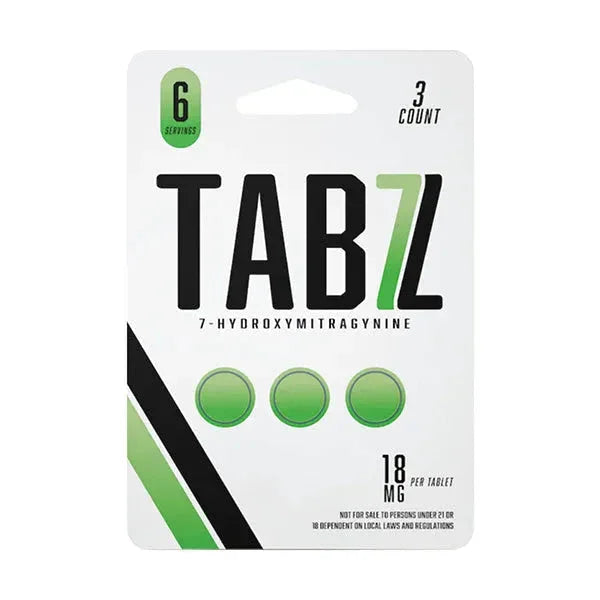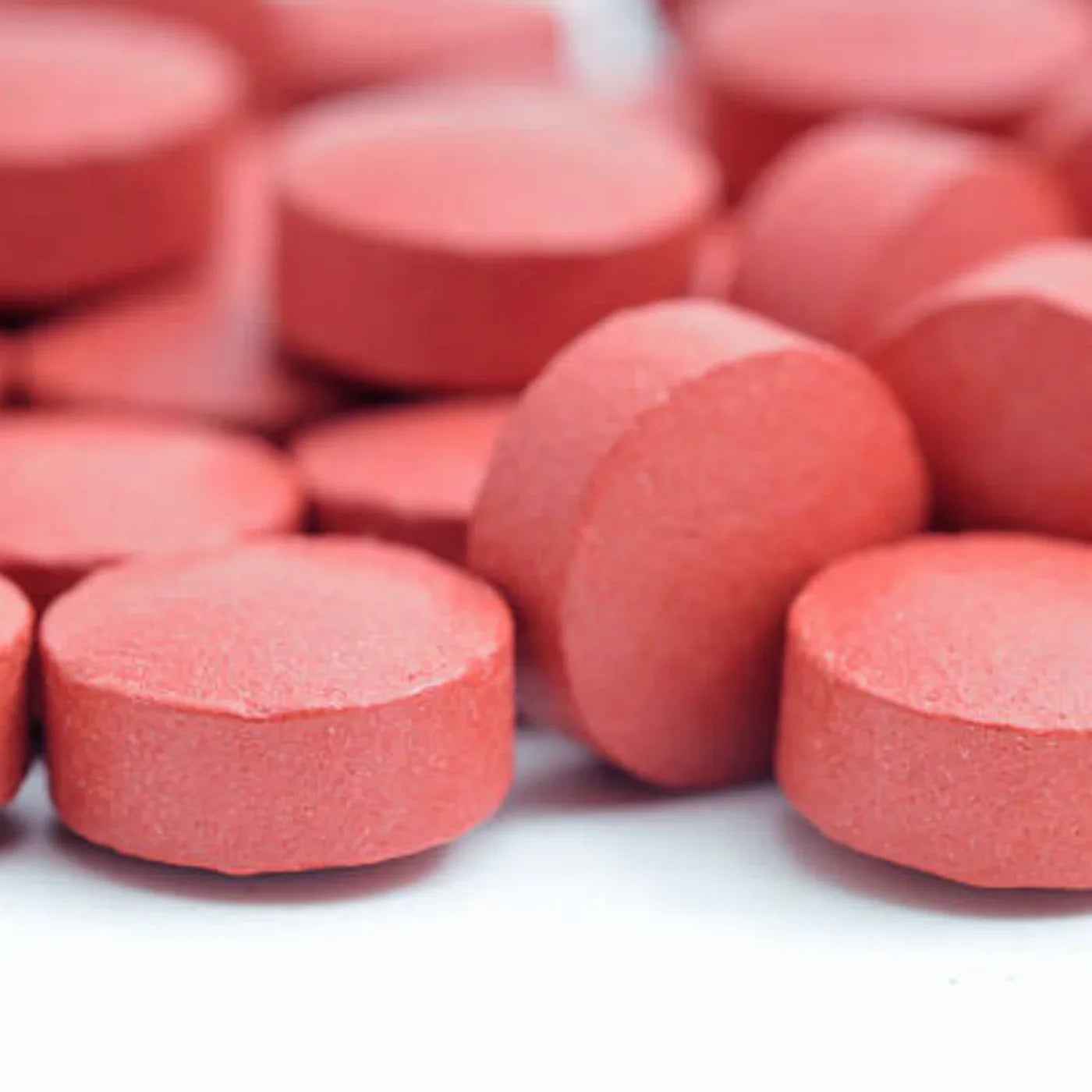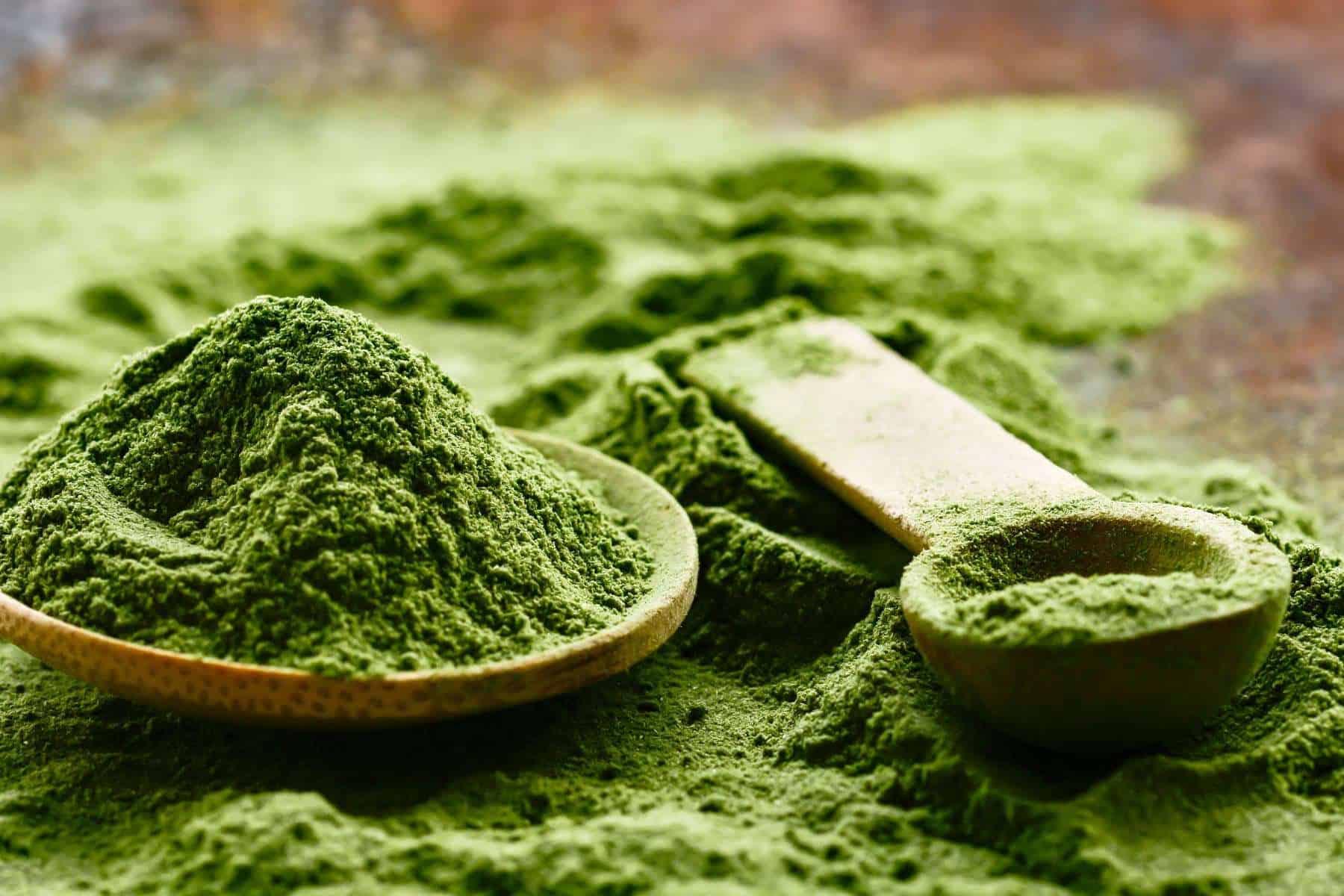Pseudoindoxyl vs 7-OH: The Power Duo of Kratom Alkaloids

In the world of kratom, two names have recently taken center stage — 7-Hydroxymitragynine (7-OH) and Mitragynine Pseudoindoxyl. These naturally occurring compounds are the stars behind many of today’s most advanced kratom formulations, each playing a distinct role in shaping the plant’s effects.
But what exactly are they? How do they differ? And why are they often used together in next-generation kratom products like enhanced tablets and extracts?
Let’s dive into the science, similarities, and differences between Pseudoindoxyl and 7-OH, and how they work together to create a more balanced, effective kratom experience.

The Basics: What Are Kratom Alkaloids?
Mitragyna speciosa (commonly known as kratom) is a tropical evergreen tree native to Southeast Asia. For centuries, its leaves have been used for natural energy, focus, and relief. The secret lies in its alkaloids — naturally occurring compounds that interact with receptors in the brain and body to produce a wide range of effects.
There are over 40 identified alkaloids in kratom, but two stand out for their potency and impact: 7-Hydroxymitragynine (7-OH) and Mitragynine Pseudoindoxy. Both are part of kratom’s complex chemistry, yet they function slightly differently in the body.

What Is 7-Hydroxymitragynine (7-OH)?
7-OH is a naturally occurring minor alkaloid found in very small amounts within kratom leaves — typically less than 0.05% of total alkaloid content. Despite its low concentration, 7-OH has a powerful influence on the plant’s overall effect profile.
When consumed, the body can also convert mitragynine, the primary alkaloid in kratom, into 7-Hydroxymitragynine through natural metabolism. This conversion enhances kratom’s interaction with mu-opioid receptors, helping to promote a sense of calm, focus, and relief without the heavy sedation or risk associated with synthetic opioids.
Because 7-OH acts as a partial agonist, it stimulates these receptors in a gentler, more controlled way — delivering balanced effects that feel natural and functional. This makes it a favorite among those seeking to unwind, focus, or manage discomfort without losing clarity or motivation.
What Is Mitragynine Pseudoindoxyl?
Mitragynine Pseudoindoxyl is another powerful kratom-derived alkaloid, but it’s a bit rarer and more complex. It can form naturally through oxidation or as a metabolite of mitragynine after ingestion — though modern extraction and synthesis methods have made it easier to isolate for research and product formulation.
Pseudoindoxyl stands out for its strong receptor activity and fast onset. Early studies suggest it interacts not only with mu-opioid receptors but also with delta and kappa receptors, which may explain its broader range of effects — from deep relaxation to enhanced mood stability and physical ease.
Where 7-OH delivers a smooth, balanced lift, Pseudoindoxyl provides a deeper and more direct response, often described as more potent and fast-acting. For this reason, it’s become a leading ingredient in advanced kratom blends designed for users seeking strong yet controlled results.
Pseudoindoxyl vs 7-OH: The Key Differences
| Feature | 7-Hydroxymitragynine (7-OH) | Mitragynine Pseudoindoxy |
|---|---|---|
| Origin | Naturally occurring in kratom leaves and formed via metabolism | Formed through oxidation or metabolic conversion of mitragynine |
| Onset | Gradual and steady | Fast-acting and potent |
| Duration | Sustained effects, ideal for focus and balance | Shorter duration but deeper intensity |
| Receptor Activity | Primarily mu-opioid receptors (partial agonist) | Mu, delta, and kappa receptors (multi-site interaction) |
| Overall Feel | Smooth, balanced, uplifting | Stronger, calming, body-focused |
In simple terms:
7-OH offers a smoother, more gradual experience that promotes mental clarity and relaxation.
Pseudoindoxyl hits faster and deeper, supporting rapid relief and body comfort.
When combined, they complement each other — balancing intensity with longevity for a synergistic effect that many users describe as clean, effective, and long-lasting.
Why Modern Kratom Brands Combine Them
Today’s leading kratom innovators have found ways to blend these two alkaloids in precise ratios to create enhanced tablets, extracts, and blends that deliver reliable, consistent effects.
Products like Dozo Perks 7-OH Tablets or Press’d 7-OH + Pseudo Tablets exemplify this next generation of kratom science. By pairing 7-Hydroxymitragynine’s balanced onset with Pseudoindoxyl’s rapid response, these formulations create a dual-action experience — smooth yet powerful, fast yet steady.
This combination appeals to both seasoned users and newcomers looking for consistent results without harsh edges. It also highlights how kratom continues to evolve — moving beyond raw powder toward precision-crafted experiences that maximize both effectiveness and safety.
The Future of Kratom Science
As research into kratom’s alkaloids expands, scientists are uncovering new insights into how compounds like 7-OH and Pseudoindoxyl interact with the human body. These findings are driving innovation, helping brands refine their formulas for better performance and predictability.
The key takeaway? Kratom’s power lies in its complexity. Rather than relying on a single compound, the interplay between 7-Hydroxymitragynine, Pseudoindoxyl, and other alkaloids is what makes kratom truly unique.
Whether you’re exploring these alkaloids individually or through expertly blended products, understanding how they work together helps you make informed, confident choices about your kratom experience.
In Summary
- 7-OH = Balanced, smooth, gradual relief
- Pseudoindoxyl = Fast, strong, body-focused comfort
- Together = A synergistic duo offering the best of both worlds
Disclaimer: This content is for educational purposes only and not intended as medical advice. Always consult a qualified professional before using any kratom product.







Comments